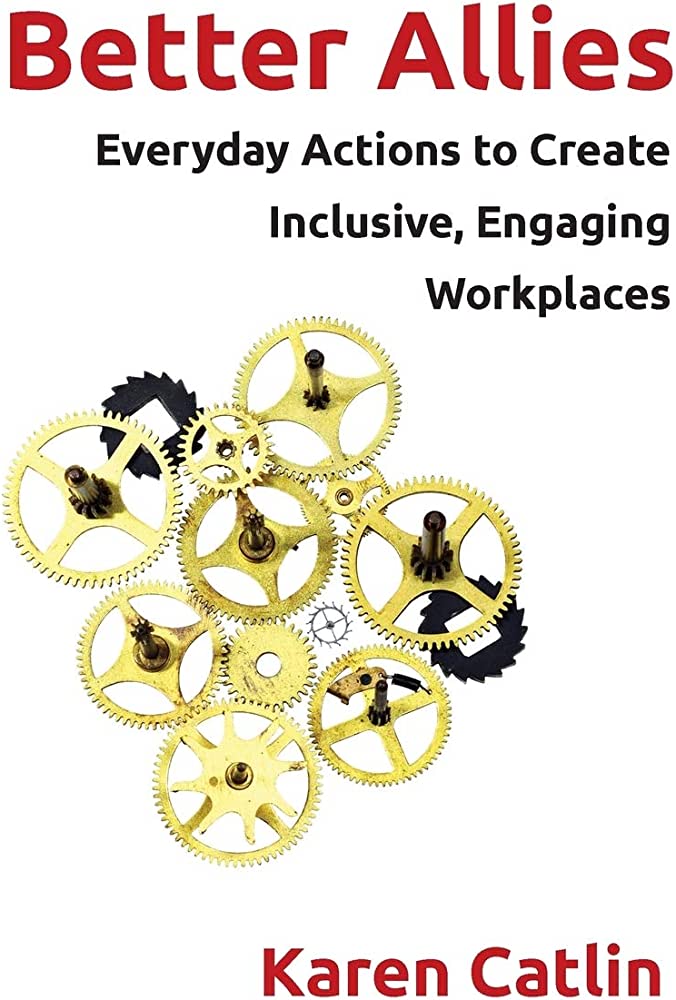
Author: Karen Catlin
Topics: Allyship Within Workforces, Inclusive Work Practices, Women in Tech
Summary
“Active allies build businesses that attract the best and brightest talent,” they create cultures where all involved thrive and gain competitive advantages. Studies show that diverse teams create more innovative solutions, are more skilled at complex problem-solving, and achieve more financial success. Catlin explains she wrote Better Allies to “demystify allyship and help people in positions of power- particularly men- do their part.” Within a workforce, we need to question norms that allow certain individuals to come out ahead, have productive conversations surrounding prejudices, and take action to support marginalized groups. By offering a series of actionable solutions in her accessible resource for common workplace experiences such as the hiring process, meetings, during speaking events, or performance reviews, Catlin makes allyship attainable when it means the most and makes the greatest impact towards equality.
Becoming an ally is a journey, first with embracing others’ perspectives and viewpoints and adjusting our mindsets accordingly. You must be open to learning, improving, and adjusting your opinions to face your privilege and utilize it positively. Privilege is defined as “a set of unearned benefits given to people who fit into a specific social group,” those with more privilege must uplift those with less to foster allyship. This can take many forms, but Catlin lists seven in particular explored in depth throughout her resource. The seven include the sponsor, the amplifier, the scholar, the confidant, the champion, the advocate, and the upstander. Within each of these roles, there are practices that can be implemented, such as making sure “office housework” (note taking and scheduling, for example) does not fall solely on women in the workforce or using language without dated gendered terms (“guys” or “ladies and gentlemen”).
Caitlin also discusses effective ways to implement these roles on a more public platform. Uplifting diverse voices at speaking events and ensuring presentations are visible and accessible to all audience members before agreeing to participate is just one example. Putting in the work of broadening your network during these events by “asking to ask,” acknowledging your fears, and being respectful and apologetic to others with positions and privileges different from yours shows a strong commitment to public allyship. Though you will never become a “perfect ally,” Catlin reminds us, it’s important to challenge yourself to be curious, to be open-minded and listen, discuss discrimination you have not experienced with someone who does, and iterate as you grow.
You’ll Love This Book If
You’ll love this book if you’re interested in a guide to help spot situations in which you could become a better ally in your workforce, what type of allyship would be most successful to make a lasting difference in your workplace culture, and if you’re interested in learning how to inspire more allies to take action.
This book may not be for you if you are already implementing mentoring programs, have strong structures for equality during meetings and event management, and/or have read other recommended resources such as The Neurodiverse Workplace or The Diversity Gap.
